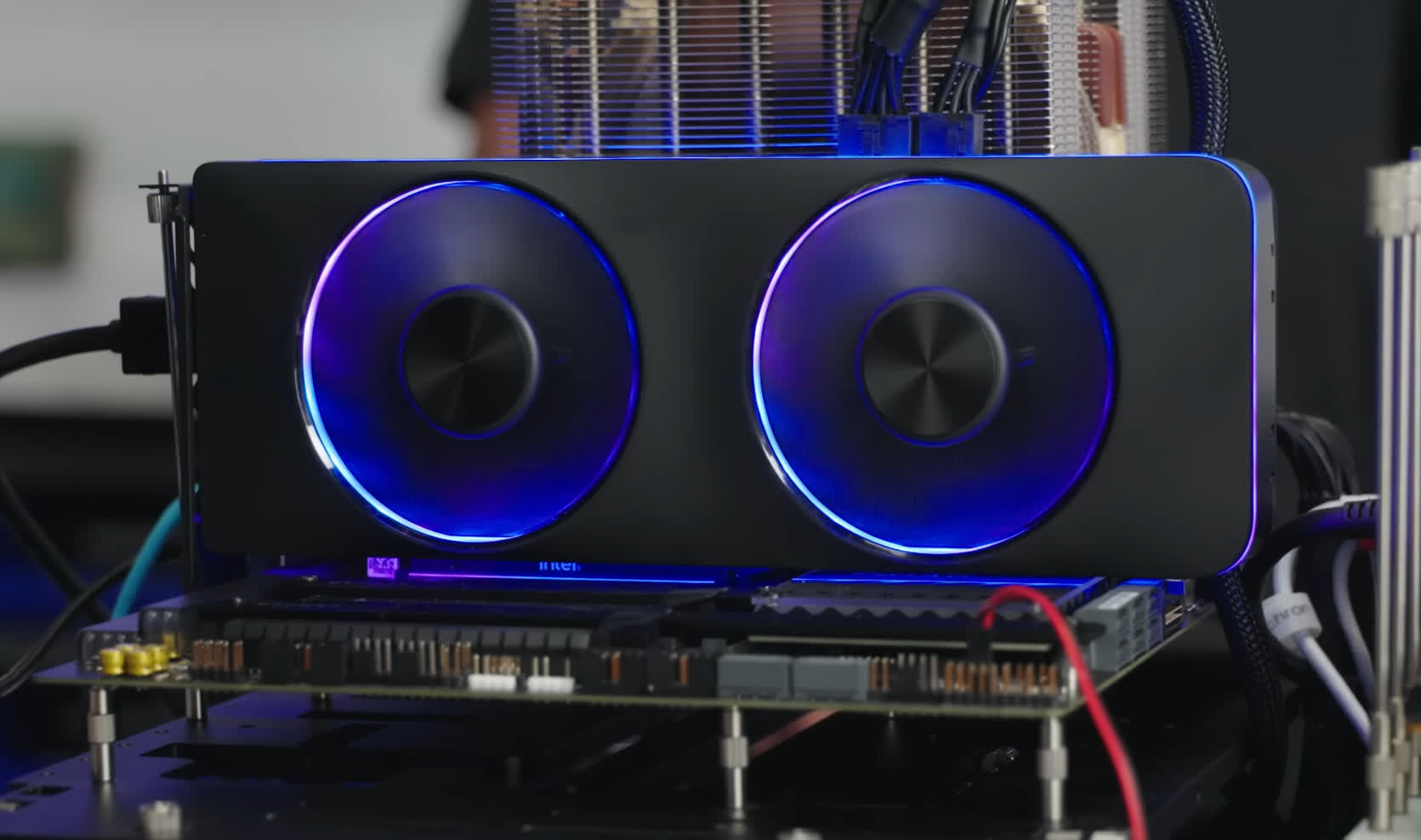[ad_1]
Roost it!
Audi
Audi ran three ridiculously complicated and cool hybrid electric vehicles at the Dakar Rally this year, and after 13 days of racing, the German automaker has a lot to crow about.
In terms of stage wins, Carlos Sainz and Lucas Cruz in the No. 202 car came out on top, with two first- and second-place finishes, as well as three third-place finishes. Stéphane “Mr. Dakar” Peterhansel and co-driver Edouard Boulanger in the No. 200 car earned themselves one first- and one third-place stage finish and two second places. Rounding out the Audi team are Mattias Ekström and co-driver Emil Bergkvist in the No. 224 car with one first, second and third finish.
However, when the dust settled, Ekström and Bergkvist proved to be the most consistent, earning a ninth-place finish overall with a time of 41 hours, 15 minutes, 14 seconds, about 2 hours, 42 minutes behind overall winners Nasser Al-Attiyah and Matthieu Baumel. Sainz and Cruz came in 12th place overall with a time of 42 hours, 12 minutes, 24 seconds. Peterhansel and Boulanger came in a disappointing 57th place with a time of 106 hours, 45 minutes, 16 seconds. The duo had a devastating start to the rally when they took out the rear end of their RS Q E-Tron racer.
Audi is hoping to revolutionize rallying with the RS Q E-Tron just as it did in 1981 when it introduced its Quattro all-wheel-drive system. However, the company knows current battery technology just can’t compete in a long-stage, multiday rally like the Dakar. The range just isn’t there. So the car’s 52-kilowatt-hour battery is charged on the go by a gas-powered 2.0-liter I4 turbocharged engine. Coupled to that engine is a motor-generator unit that feeds the battery. Two other motor-generator units drive the front and rear wheels. In this way, the battery can provide enough power for the stages without stopping for a recharge — some of them are as long as 500 miles.
Gotta love that scoop.
Audi
The cars left each morning with a full charge, but keeping the battery from depleting quickly can be tricky. Much of the Dakar rally is spent navigating the dunes, which does a number on range. The sand provides resistance as do low tire pressures. Per the Dakar rules, the Audi’s motor-generator units on the axles must be limited to a total of 288 kilowatts of power, or 386 horsepower, and the energy converter can only supply 220 kW of power. While Audi did not expect to always be using more power than the car is generating, there were moments where teams saw range drop precipitously. However, a complicated set of algorithms and engineering magic kept the battery within a specified state of charge.
Audi hasn’t released any torque numbers for its hybrid race car, but the RS Q E-Tron can reportedly accelerate from 0 to 60 mph on a loose surface in less than 4.5 seconds and its top speed is limited to 106 mph. The battery adds an extra 816 pounds to the chassis. The car also has six cooling systems for the two electric motors, battery, energy converter, gas-powered engine and cabin. There are also about 2.5 miles of cables in the vehicle, and that doesn’t include the 800-volt cables for the battery. I do not envy the Audi techs with this one.
The RS Q E-Tron is a pretty slick piece of technology, although it still burns dinosaurs to make the electricity. Sure, we all want clean power, but it’s a slow process to get there.
I’ve campaigned two electric vehicles in sanctioned motorsports events. The Rivian R1T required a charge in the middle of day during the Rebelle Rally, but I was not rallying for speed, but rather navigational accuracy. In the Mexican 1000, Volkswagen charged the ID 4 in a trailer during the on-road transit stages. In both cases the power was provided by a diesel generator, although the charging unit for the Rebelle Rally was able to run on hydrogen power and it was only a logistical problem that kept it from doing so.
My point here is that Audi is working with the technology that is currently available. It’s not ideal, but it’s just one step on the road to long-range batteries.
In the Dakar Rally, teams are up against many new challenges, not just driving an experimental vehicle. Roadbooks were given out 15 minutes before the start of the day’s stage. In previous years co-drivers received their books the night before, allowing for review and notes.
Further, the roadbooks this year were digital. Co-drivers had two screens in front of them. The left showed very crude drawings of the terrain and the way through. For example, there may be rocks on one side of the note represented by irregular circles and a building on the other, represented by a rectangle. In reality the rocks could be any size and the building could be a shack. If this screen failed, co-drivers had a sealed paper roadbook as a backup. On the right-hand screen navigators could see their directional heading and a validation when the virtual waypoint was reached.
This is Audi’s first time competing in the Dakar rally, although it’s no stranger to electrified racing. The company won the 24 Hours of Le Mans in 2012 with an electrified drivetrain in the R18 E-Tron Quattro and winning seasons in Formula E in 2017 and 2018. In fact, the motor-generator units on the Dakar vehicle are lifted from the current Audi E-Tron FE07 Formula E car — with some slight modifications.
[ad_2]
Source link














